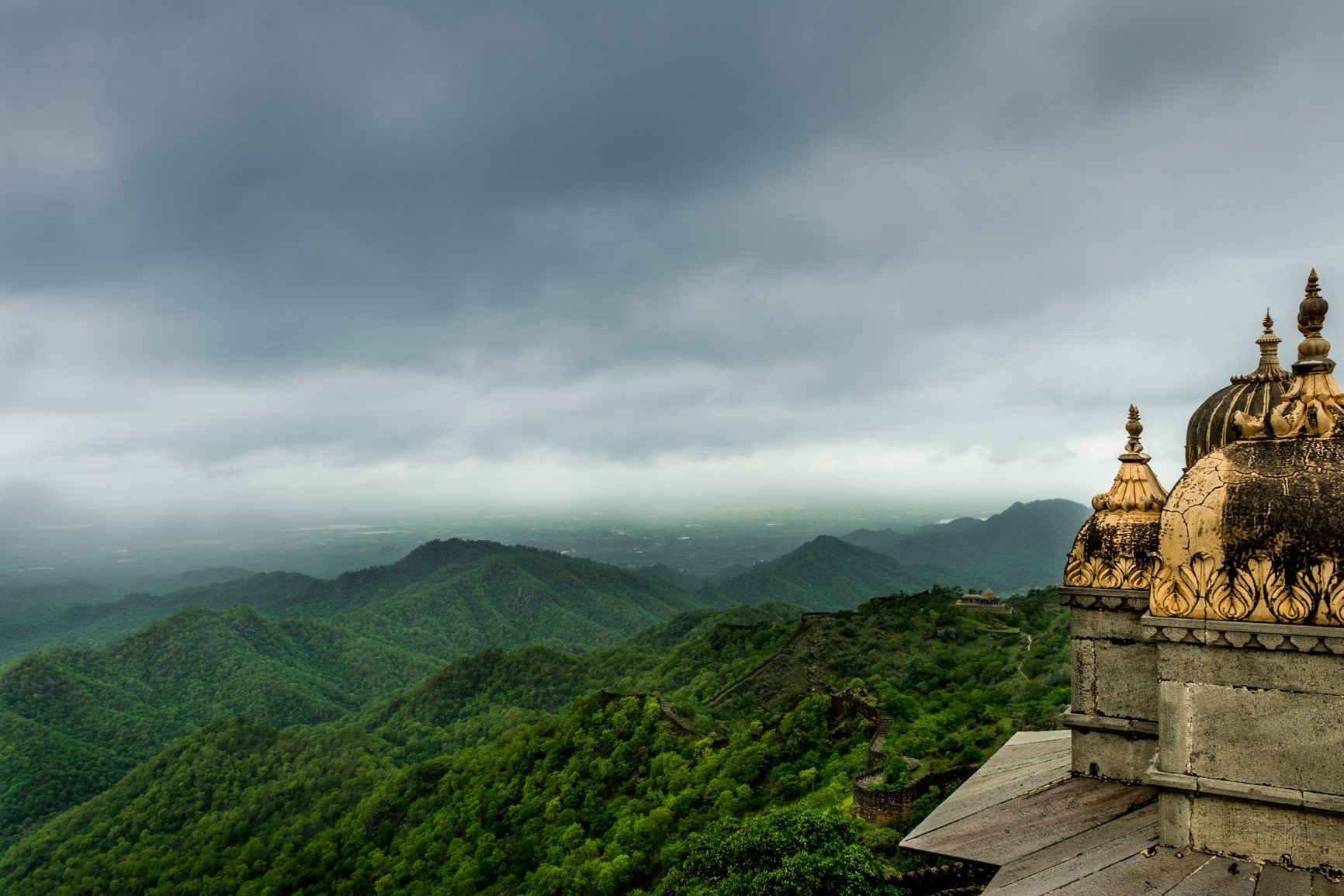Free Courses Sale ends Soon, Get It Now


Free Courses Sale ends Soon, Get It Now



Disclaimer: Copyright infringement not intended.
Context
Details
Indigenous Communities and Displacement Concerns
Tiger Presence and Connectivity
Ecotourism and Livelihood Impact
Conservation and Human-Wildlife Conflict
Complexity and Considerations
List of Tiger reserves in Rajasthan
Newly approved
Kumbhalgarh Wildlife Sanctuary: A Precious Natural Haven
Location and Overview
Geographical Features
Flora and Fauna
Avian Diversity
Ecological Significance
Exploring the Richness of Kumbhalgarh
Historical Significance
Architectural Marvel
Ranakpur Jain Temple
Conclusion
|
PRACTICE QUESTION Q. Which of the following statements about Kumbhalgarh is/are correct? 1. The Kumbhalgarh fortress was constructed in the 15th century and is known for its lengthy fortifications. 2. Kumbhalgarh Wildlife Sanctuary is home to diverse wildlife, including species like Indian wolf and Indian leopard. 3. The Kumbhalgarh region includes the famous Ranakpur Jain Temple, showcasing intricate marble carvings. Options: A) Only Statement 1 B) Statements 1 and 2 C) Statements 2 and 3 D) All of the above Answer: D) |
© 2024 iasgyan. All right reserved